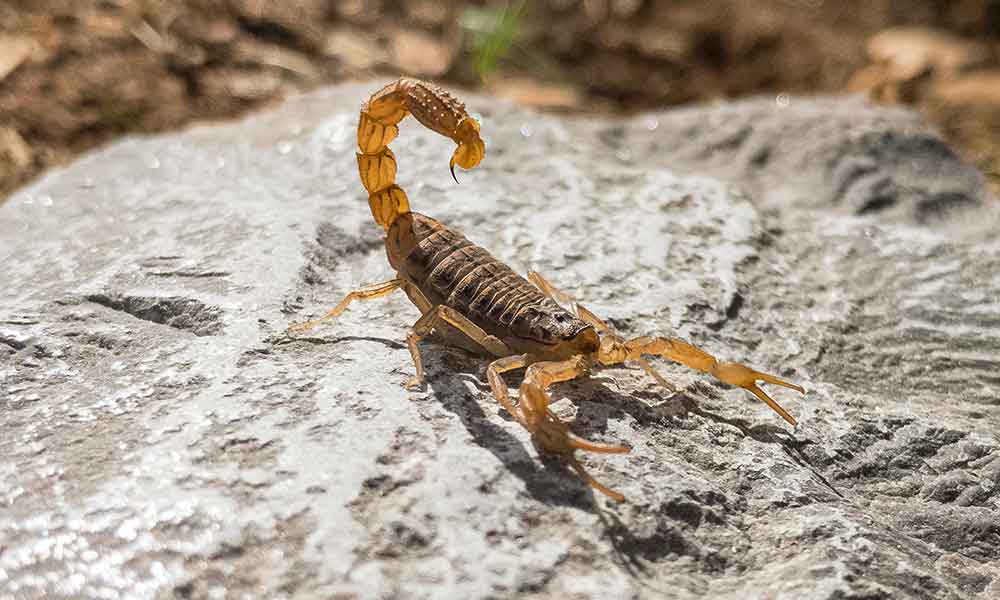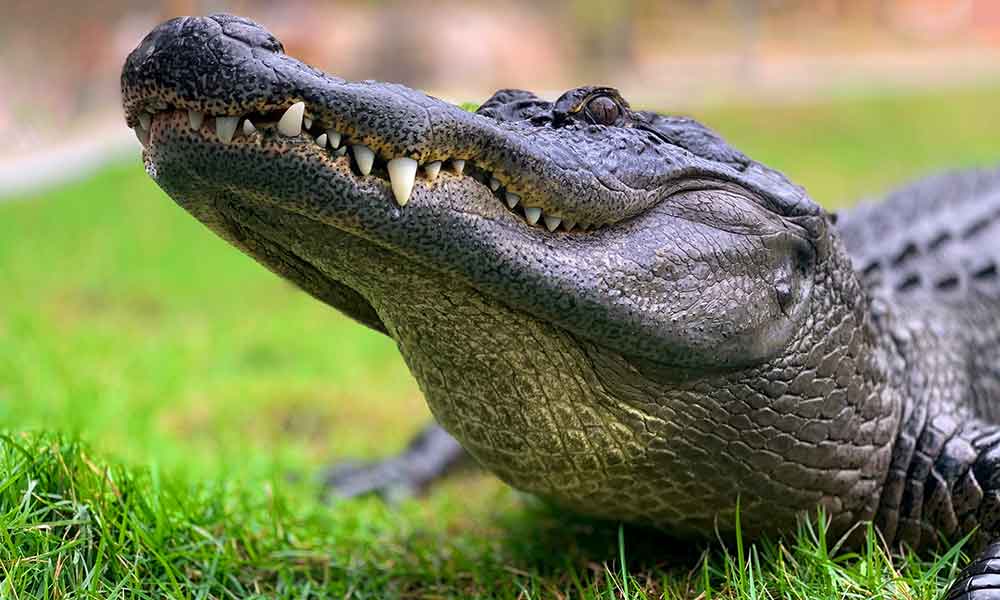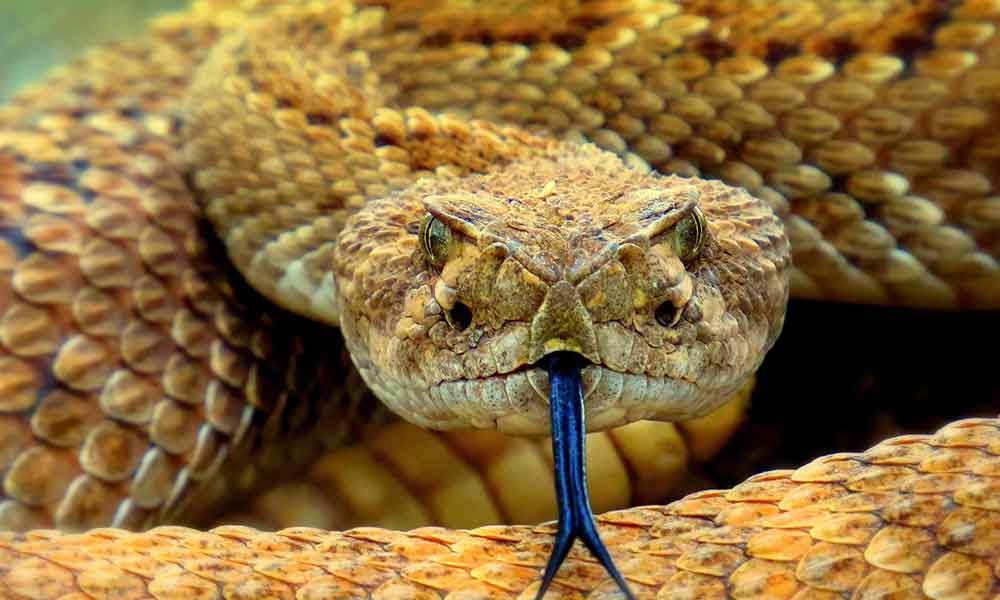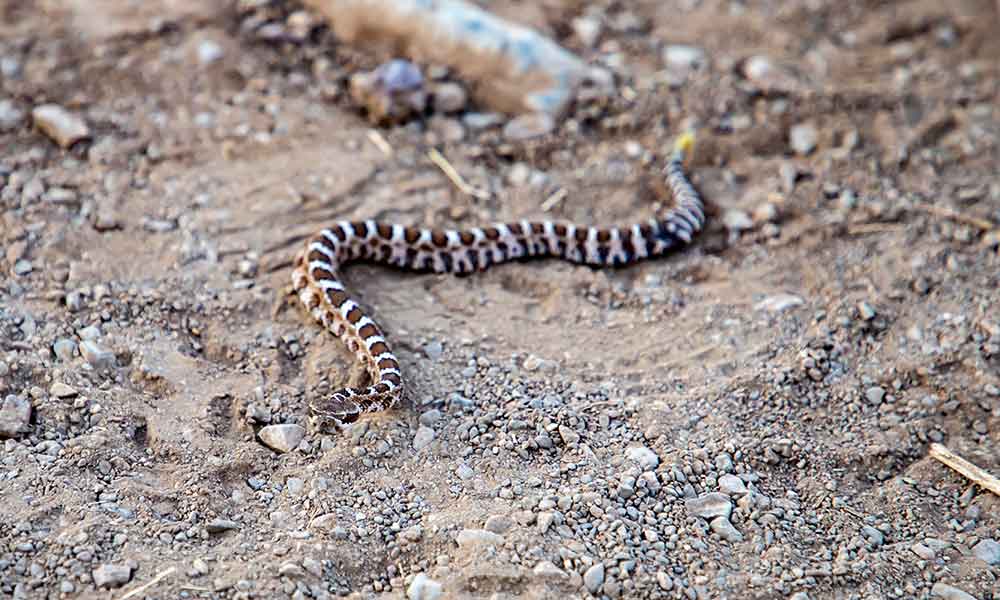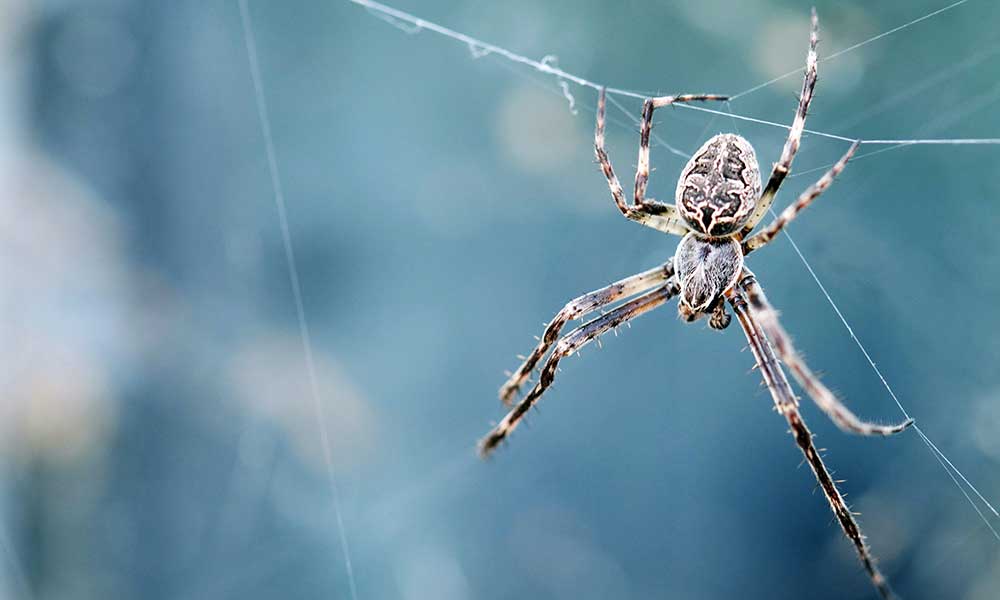The seahorse or “sea horse” is a small sea creature from the Syngnathidae family. Often found in sheltered areas of tropical and temperate waters, seahorses are curious and beautiful creatures, and we’ll tell you all you need to know about them in this guide, including:
- What are the types of seahorses?
- What do seahorses eat?
- Where do seahorses live?
- What does the name “seahorse” mean?
What Are Seahorses?
Seahorses are marine fish with curved heads resembling that of a horse. They also have curved tails known as prehensile tails, and these can be used to grasp objects.
Seahorses are slow-moving fish related to seadragons and pipefishes. They have segmented body armor for protection and range from less than an inch to around 14 inches in size.
They are one of only two fish species that swim upright and along with other fish in the Syngnathidae family, they are the only ones where the males get pregnant.
What do Seahorses Eat?
Seahorses feed on tiny crustaceans, including shrimp.
A seahorse uses its prehensile tail to anchor itself to seaweed before feeding on crustaceans found on the seabed or floating in the water. It uses camouflage to avoid being detected and waits for its prey to get close before striking.
Where Do Seahorses Live?
You can find seahorses in sea grass beds, coral reefs, and mangrove forests. They live between 45 degrees north and 45 degrees south latitude.
How Big Are Seahorses?
Seahorses range from just over half an inch to around 14 inches. The smallest seahorse is the Satomi Pygmy Sea Horse. These tiny seahorses were first named in 2008 and can be found in Indonesia and Borneo.
The Pacific Seahorse or “Giant Seahorse” is the largest.
What Color Are Seahorses?
Seahorses have excellent camouflage abilities, changing their colors according to their environment. They are typically orange, yellow, gray, or pink, but it all depends on the species.
Types of Seahorses
There are over 40 different seahorse species, and as over a dozen of these were discovered in the last 10 to 15 years, the number is still climbing.
The following list covers most of the seahorse species known today, minus a few for which we have very little information.
Zebra Seahorse (Hippocampus Zebra)
- Colors: Black, White
- Conservation Status: Data Deficient
- Size: 3.14 inches
- Location: North-Eastern Australia
Reunion Seahorse (Hippocampus Borboniensis)
- Size: 5.51 inches
- Conservation Status: Vulnerable
- Location: South Africa
Jayakars Seahorse (Hippocampus Jayakari)
- Color: Pale Cream To Beige
- Location: Western Indian Ocean
- Size: 5.5 inches
- Conservation Status: LeastConcern
Fisher’s Seahorse (Hippocampus Fisheri)
- Other Names: Hawaiian Seahorse
- Location: Hawaiian Islands
- Size: 3.1 inches
- Conservation Status: Least Concern
Liechtenstein’s Seahorse (Hippocampus Lichtensteinii)
- Color: Pale Brown
- Location: Western Indian Ocean
- Size: 1.57 inches
- Conservation Status: Data Deficient
Dwarf Seahorse (Hippocampus Zosterae)
- Colors: Tan, Brown, Yellow, White, Green
- Location: Bahamas, United States
- Size: 1 inch
- Conservation Status: Least Concern
Short-Snouted Seahorse (Hippocampus Hippocampus)
- Colors: Black, Purple, Orange Or Brown
- Location: Mediterranean Sea
- Size: 5.9 inches
- Conservation Status: Data Deficient
Lined Seahorse (Hippocampus Erectus)
- Colors: Greys, Blacks, Reds, Greens, Oranges
- Location: Western Atlantic
- Size: 5.9 inches
- Conservation Status: Vulnerable
Long-Snouted Seahorse (Hippocampus Guttulatus)
- Other Names: Spiny Seahorse
- Location: Northeast Atlantic
- Size: 4.72 inches
- Conservation Status: Data Deficient
Big-Belly Seahorse (Hippocampus Abdominalis)
- Other Names: Pot-Bellied Seahorse
- Location: Southeast Australia
- Size: 14 inches
- Conservation Status: Least Concern
Yellow Seahorse (Hippocampus Kuda)
- Other Names: Common Seahorse, Estuary Seahorse, Spotted Seahorse
- Location: Indo-Pacific
- Size: 11.8 inches
- Conservation Status: Vulnerable
Bargibant’s Seahorse (Hippocampus Bargibanti)
- Other Names: The Pygmy Seahorse
- Location: Indo-Pacific
- Size: 0.79 Inches
- Conservation Status: Data Deficient
Pacific Seahorse (Hippocampus Ingens)
- Other Names: Giant Seahorse
- Location: Pacific Ocean
- Size: 7.5 inches
- Conservation Status: Vulnerable
Longsnout Seahorse (Hippocampus Reidi)
- Other Names: Slender Seahorse
- Location: Western Atlantic
- Size: 6.8 inches
- Conservation Status: Near Threatened
Japanese Seahorse (Hippocampus Mohnikei)
- Colors: Dark Brown
- Size: 3.14 inches
- Conservation Status: Vulnerable
Shiho’s Seahorse (Hippocampus Sindonis)
- Other Names: Sindo’s Seahorse, Painted Seahorse
- Location: Japan Pacific Coastal
- Size: 3.14 inches
- Conservation Status: Least Concern
Spiny Seahorse (Hippocampus Histrix)
- Other Names: Thorny Seahorse
- Location: Indo-Pacific
- Size: 5.90 inches
- Conservation Status: Vulnerable
Tiger Tail Seahorse (Hippocampus Comes)
- Colors: Yellow, Black
- Location: Southeast Asia
- Size: 7.36 inches
- Conservation Status: Vulnerable
White’s Seahorse (Hippocampus Whitei)
- Other Names: New Holland Seahorse, Sydney Seahorse
- Location: Southwest Pacific
- Size: 5.1 inches
- Conservation Status: Endangered
Great Seahorse (Hippocampus Kelloggi)
- Other Names: Kellogg’s Seahorse
- Location: Indo-Pacific
- Size: 11 inches
- Conservation Status: Vulnerable
Barbour’s Seahorse (Hippocampus Barbouri)
- Colors: Yellow, Green, Grey, Brown
- Location: Philippines, Malaysia, Indonesia
- Size: 5.9 inches
- Conservation Status: Vulnerable
Denise’s Pygmy Seahorse (Hippocampus Denise)
- Other Names: Denise’s Pygmy Seahorse, Yellow Pygmy Seahorse
- Location: Western Pacific
- Size: 0.94 inches
- Conservation Status: Data Deficient
Hedgehog Seahorse (Hippocampus Spinosissimus)
- Colors: Yellow-Orange, Red
- Location: Northern Australia
- Size: 4.9 inches
- Conservation Status: Vulnerable
Knysna Seahorse (Hippocampus Capensis)
- Other Names: Cape Seahorses
- Location: South Africa
- Size: 4.72 inches
- Conservation Status: Endangered
Crowned Seahorse (Hippocampus Coronatus)
- Other Names: High-Crowned Seahorse
- Location: Pacific Coastal
- Size: 4.3 inches
- Conservation Status: Data Deficient
Satomi’s Pygmy Seahorse (Hippocampus Satomiae)
- Colors: White, Grey
- Location: Derawan Islands
- Size: 0.54 inches
- Conservation Status: Data Deficient
Tiger Snout Seahorse (Hippocampus Subelongatus)
- Other Names: West Australian Seahorse
- Location: South-Western Australia
- Conservation Status: Data Deficient
Knobby Seahorse (Hippocampus Breviceps)
- Other Names: Short-Headed Seahorse, Short-Snouted Seahorse
- Location: Western Australia, Southern Australia, New South Wales
- Size: 3.9 inches
- Conservation Status: Least Concern
Giraffe Seahorse (Hippocampus Camelopardalis)
- Location: South And East Africa
- Size: 3.9 inches
- Conservation Status: Data Deficient
West African Seahorse (Hippocampus Algiricus)
- Location: Eastern Central Atlantic
- Size: 7.55 inches
- Conservation Status: Vulnerable
Narrow-Bellied Seahorse (Hippocampus Angustus)
- Other Names: Western Australian Seahorse, Western Spiny Seahorse
- Location: Australia
- Size: 8.7 inches
- Conservation Status: Least Concern
South African Pygmy Seahorse (Hippocampus Nalu)
- Other Names: African Pygmy Seahorse, Honeypot Seahorse
- Location: South Africa
- Size: 0.78 inches
FAQs About The Types of Seahorses
If you still have a few questions about the diverse seahorse species outlined above, check out the following FAQs about these amazing creatures:
Where Does the Name Come From?
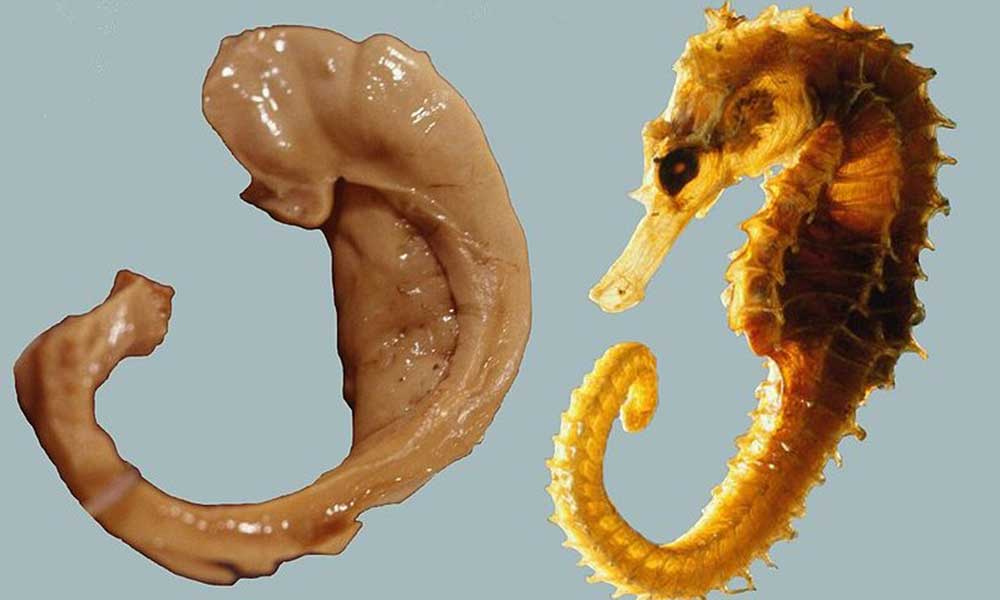
Unsurprisingly, the name “seahorse” stems from the fact that these creatures have a neck and head that resembles a horse, and they also live in the sea.
But there are a few interesting asides.
In our list of seahorse species above, you may have noticed that these creatures come from the genus “hippocampus”, which shares the same name as the part of the brain that is instrumental in forming new memories.
This part of the brain is so-named because it has an uncanny resemblance to a seahorse. As for why “hippocampus” is used to refer to a seahorse, it’s because the word “hippo” comes from the ancient Greek meaning “horse” (“ιππος”) and “kampus” (κάμπος”) is from the Greek meaning “sea monster”.
Incidentally, “hippopotamus” also comes from the Greek word for “horse” (“ιππος”), as well as the word for “river” (“ποταμυς”), making it a “river horse”.
Is the Seahorse a Fish?
The seahorse might not look like any other fish in the sea, but it’s definitely a fish. It uses gills to breathe and a swim bladder to maintain buoyancy.
Do Male Seahorses Get Pregnant?
Male seahorses produce sperm and female seahorses produce eggs, but it’s the former that gets pregnant. The female transfers her eggs to the male who then fertilizes them and incubates them for 24 days.
How Many Species of Seahorse are There?
We have seen multiple different answers to this question. Wikipedia insists that there are 46 seahorse species while many other sites claim there are 47. According to the Seahorse Trust, there are 54 seahorse species.
On the other end of the scale, you have National Geographic, which claims just over 30 species.
It really depends on who you ask and where they get their data. New seahorses species are being discovered all of the time, so if you’re reading older articles, you’ll find lower numbers. There are also a lot of subspecies that may be—perhaps inadvertently—listed as species. Definitions and classifications are also subject to change, and this serves to muddy the waters even more.
The only thing we’re willing to say with absolute certainty is that there are definitely more than 40 and less than 60 seahorse species, but even that could change depending on when you read this article.
What is the Most Common Type of Seahorse?
Unsurprisingly, the common seahorse, also known as the Bargibant’s seahorse, is one of the most common. It can be found throughout the Mediterranean Sea and warmer areas of the Atlantic Ocean.
What is the Rarest Seahorse Species?
There are a few very rare species of seahorse, of which the Bullneck Seahorse is one of the rarest.
The only known Bullneck Seahorses were collected on the coast of Australia, but it has not been found in the wild, and very little is known about its habitat.

